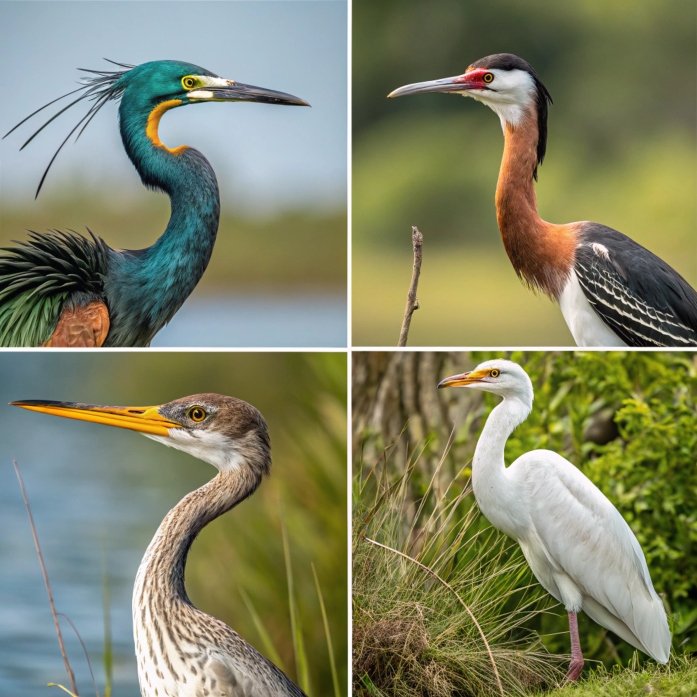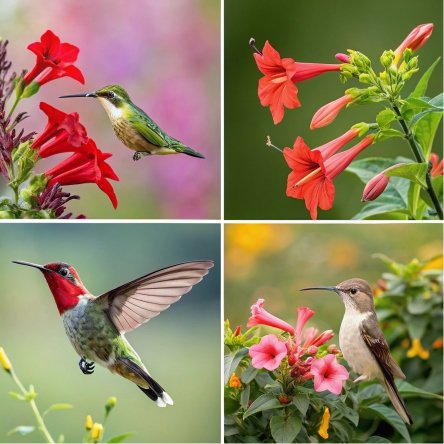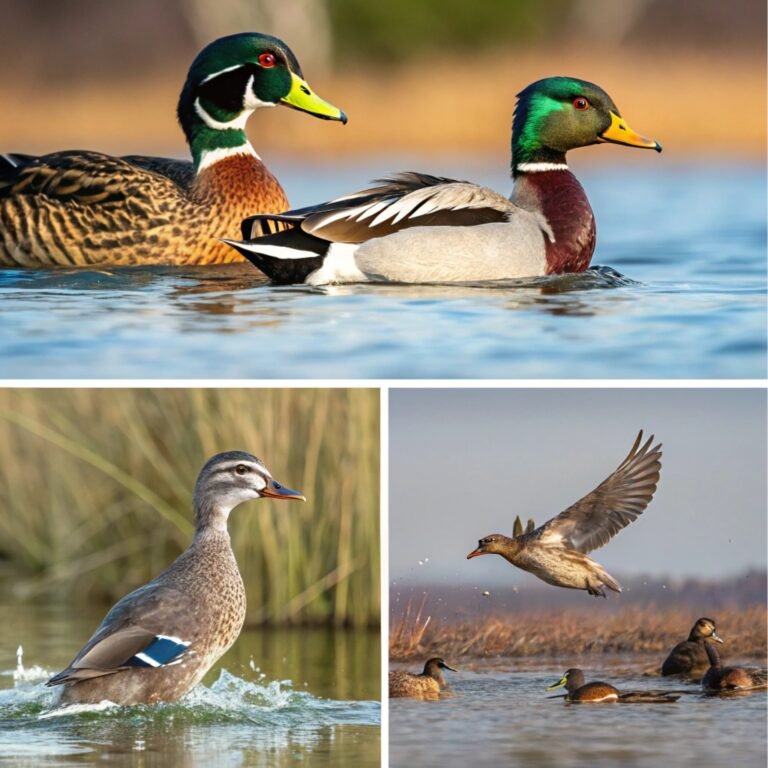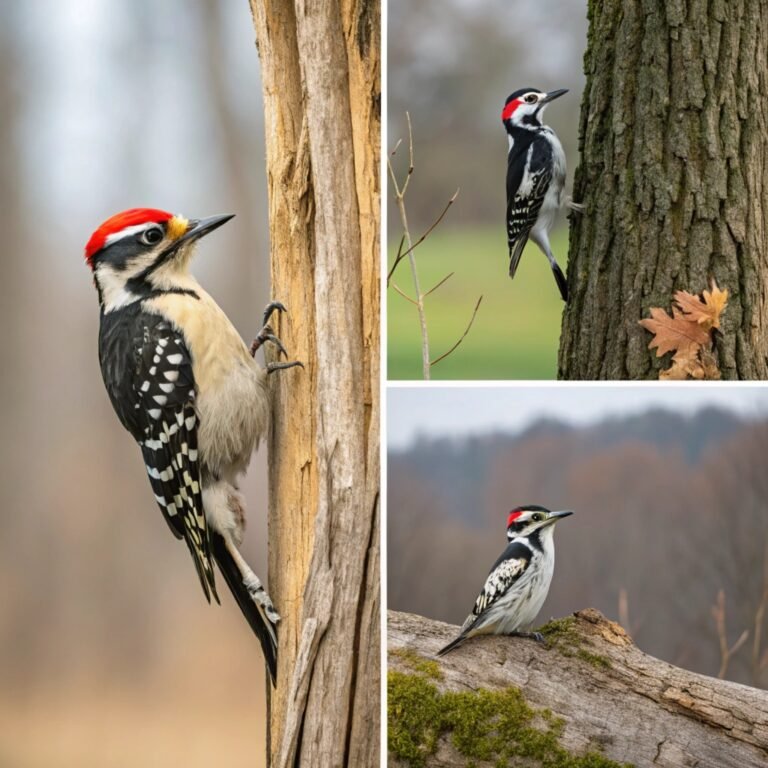Do Swans Have Teeth and What Do They Eat? Hidden Secrets About Swans
Contrary to popular belief, swans do not have teeth in the traditional sense. Like all birds, swans lack the conventional dental structures found in mammals. Instead, they possess a unique oral anatomy adapted to their aquatic lifestyle and feeding habits.
The misconception about swan teeth often arises from the serrated edges of their beaks, which can resemble tiny, jagged teeth at first glance. These serrations, known as lamellae, serve a crucial purpose in the swan’s feeding process.
They help the birds grasp and manipulate their food, particularly when feeding on aquatic vegetation or capturing slippery prey. While not actual teeth, these adaptations are remarkably efficient and demonstrate the remarkable evolutionary adaptations of these majestic waterfowl.

Key Takeaways:
- Swans lack conventional teeth found in mammals
- Their beaks have serrated edges called lamellae
- Lamellae assist in grasping and manipulating food
- The myth of swan teeth stems from the appearance of these serrations
- Swans’ oral anatomy is uniquely adapted to their aquatic lifestyle
The Unique Oral Anatomy of Swans: Beaks and Beyond
Swans possess a fascinating oral structure that sets them apart from many other bird species. Their beaks are long and flattened, designed to efficiently filter water and capture food.
The upper and lower mandibles of a swan’s beak are covered with a thin, keratinized layer that provides strength and durability. At the tip of the beak, there’s often a small, rigid portion called the nail, which aids in foraging and digging through mud.
The most distinctive feature of a swan’s beak is the serrated, comb-like lamellae along the edges. These structures play a vital role in the swan’s feeding process, acting as a sieve to strain food particles from water and helping to grip slippery aquatic vegetation.
Additionally, swans have a fleshy knob at the base of their upper mandible, which is more prominent in some species and can vary in size and color.
Key Takeaways:
- Swan beaks are long, flattened, and adapted for aquatic feeding
- The beak is covered with a keratinized layer for strength
- A rigid ‘nail’ at the beak tip aids in foraging
- Serrated lamellae along beak edges assist in feeding
- Some swan species have a fleshy knob at the base of the upper mandible
How Swans Feed: The Role of Lamellae in Their Diet

Swans have developed a highly efficient feeding mechanism that revolves around their unique beak structure, particularly the lamellae. These comb-like structures along the edges of their beaks serve multiple purposes in the feeding process.
When feeding on aquatic vegetation, swans use their lamellae to grip and tear plants, making it easier to consume tough underwater foliage. The lamellae also act as a filtration system, allowing swans to strain small food particles from water.
This is especially useful when feeding on algae or capturing minute aquatic organisms. When foraging in shallow waters, swans often engage in a behavior called dabbling, where they submerge their heads and necks to reach underwater vegetation.
The lamellae help them maintain a firm grip on slippery plants and animals during this process. Additionally, the serrated edges assist in breaking down food into smaller, more manageable pieces, compensating for the lack of teeth.
Key Takeaways:
- Lamellae are crucial for gripping and tearing aquatic plants
- They act as a filtration system for straining small food particles
- Assist in dabbling behavior for underwater foraging
- Help break down food into smaller pieces
- Compensate for the absence of teeth in food processing
The Swan’s Diet: A Diverse Menu of Aquatic Delights
Swans are primarily herbivorous birds, with their diet consisting largely of aquatic vegetation. However, their menu is surprisingly diverse and can vary depending on the species, habitat, and season. The mainstay of a swan’s diet includes underwater plants such as pondweed, waterweed, and algae.
They also consume various types of grasses found along shorelines and in shallow waters. In addition to plant matter, swans occasionally supplement their diet with small aquatic animals.
This can include insects, mollusks, small fish, and amphibians, although these make up a relatively small portion of their overall food intake. During winter months or in areas where aquatic vegetation is scarce, swans may venture onto land to feed on grains and cultivated crops in fields.
Some swan species, like the Mute Swan, have been observed consuming up to 3.5 kg of wet vegetation per day, which is about 30-35% of their body mass.
Key Takeaways:
- Swans are primarily herbivorous
- Main diet consists of underwater plants and shoreline grasses
- Occasionally consume small aquatic animals
- May feed on grains and crops during winter or food scarcity
- Can consume up to 3.5 kg of vegetation daily
Seasonal Changes in Swan Diets: Adapting to Available Resources
The diet of swans undergoes significant changes throughout the year, reflecting the availability of food sources in their habitats. During spring and summer, when aquatic vegetation is abundant, swans primarily feed on a variety of underwater plants, algae, and grasses.
This period coincides with their breeding season, and the nutrient-rich plant matter supports the energy demands of reproduction and raising cygnets. As autumn approaches, swans begin to shift their diet to include more energy-dense foods.
This change helps them build up fat reserves for migration or to survive the harsh winter months. They may start feeding more frequently on grains and seeds found in nearby fields. In winter, when aquatic vegetation becomes scarce, swans become more opportunistic in their feeding habits.
They may rely more heavily on agricultural crops, winter-hardy aquatic plants, and even small animals if available. Some swan species, like the Tundra Swan, undertake long migrations to find suitable winter feeding grounds. This seasonal adaptability in their diet showcases the remarkable flexibility of swans in response to changing environmental conditions.
Key Takeaways:
- Spring and summer diet focuses on aquatic vegetation
- Autumn brings a shift towards energy-dense foods
- Winter diet may include more terrestrial plants and opportunistic feeding
- Seasonal changes support breeding, migration, and survival needs
- Demonstrates swans’ adaptability to environmental changes
The Importance of Water in a Swan’s Diet and Digestion

Water plays a crucial role in both the diet and digestive process of swans. As aquatic birds, swans are well-adapted to obtaining food from water bodies. Their long necks allow them to reach underwater vegetation, while their webbed feet provide excellent propulsion for swimming and diving.
Swans typically prefer to feed while on the water, as it provides easy access to their primary food sources and offers protection from land-based predators. Water is also essential for the swan’s digestion process.
When feeding, swans often take in water along with their food, which helps in swallowing and initial breakdown of plant material. The water intake also aids in the function of their gizzard, a muscular organ that grinds food in the absence of teeth.
Swans have specialized glands near their eyes that allow them to process both fresh and salt water, enabling them to inhabit a variety of aquatic environments. This adaptation is particularly important for species that live in or migrate through coastal areas.
Key Takeaways:
- Swans are well-adapted for aquatic feeding
- Prefer to feed while on water for access and protection
- Water intake assists in swallowing and initial food breakdown
- Essential for the functioning of the gizzard in digestion
- Specialized glands allow processing of fresh and salt water
The Role of the Gizzard in Swan Digestion
In the absence of teeth, swans rely on a specialized organ called the gizzard for food processing. The gizzard is a muscular part of the stomach that performs the function of grinding and breaking down food.
This organ is particularly important for swans due to their herbivorous diet, which often consists of tough plant material. When a swan eats, food first passes through the esophagus and into a storage area called the crop. From there, it moves to the gizzard, where the real work of digestion begins.
The gizzard’s strong muscles contract to crush and grind the food. To aid in this process, swans intentionally swallow small stones or grit, which remain in the gizzard and act like teeth to help break down food particles.
This adaptation allows swans to efficiently extract nutrients from fibrous plant material that would be difficult to digest otherwise. The gizzard’s powerful action can even break down hard items like seeds and small mollusks, demonstrating its effectiveness as a digestive tool.
Key Takeaways:
- Gizzard is a muscular stomach organ that grinds food
- Crucial for processing tough plant material in herbivorous diet
- Swans swallow small stones to aid in food breakdown
- Allows efficient nutrient extraction from fibrous plants
- Can process hard items like seeds and small mollusks
Feeding Behavior of Swans: Techniques and Adaptations
Swans have developed various feeding techniques and adaptations to efficiently obtain and process their food. One common feeding behavior is dabbling, where swans partially submerge their heads and necks to reach underwater vegetation.
They can often be seen in a characteristic upended position, with their tails in the air and bodies vertical in the water, as they forage for food at greater depths. Swans also employ a technique called sieving, where they use their lamellae to filter small food particles from the water.
On land, swans use their strong beaks to graze on grasses and other terrestrial plants. Their long necks provide an advantage in reaching food both in water and on land.
Interestingly, swans have been observed using their feet to stir up sediment at the bottom of water bodies, dislodging small invertebrates and plant matter that they then consume. During breeding season, adult swans may adjust their feeding habits to accommodate the nutritional needs of their cygnets, often seeking out protein-rich food sources.
Key Takeaways:
- Dabbling and upending are common aquatic feeding techniques
- Sieving allows filtration of small food particles from water
- Long necks provide advantage in reaching food
- May use feet to stir up sediment and dislodge food
- Feeding habits can adapt to nutritional needs of cygnets
Nutritional Requirements of Swans: Balancing Diet for Health

Swans require a balanced diet to maintain their health, support their large body size, and meet the energy demands of their active lifestyle. The primary nutritional components in a swan’s diet include carbohydrates from plant matter, which provide essential energy.
Proteins, although consumed in smaller quantities, are crucial for growth, feather development, and tissue repair. Swans also need various vitamins and minerals, which they obtain from a diverse diet of aquatic plants and occasional animal matter.
The high fiber content in their plant-based diet is important for digestive health. During breeding season, female swans have increased calcium requirements for egg production, which they may meet by consuming small mollusks or other calcium-rich food sources.
Swans’ nutritional needs can vary based on factors such as age, breeding status, and season. For example, growing cygnets require a diet higher in protein compared to adult swans. In winter, swans may seek out more calorie-dense foods to maintain body heat in cold temperatures.
The ability of swans to adapt their diet to meet these changing nutritional needs is key to their survival and reproductive success.
Key Takeaways:
- Carbohydrates from plants are the primary energy source
- Proteins are essential for growth and tissue repair
- Diverse diet provides necessary vitamins and minerals
- High fiber content supports digestive health
- Nutritional needs vary with age, breeding status, and season
Conservation and Human Impact on Swan Diets
Human activities have significantly impacted the natural habitats and food sources of swans, leading to changes in their dietary patterns and raising conservation concerns. Habitat loss due to urban development and agriculture has reduced the availability of natural feeding grounds for swans.
This has led some swan populations to become more reliant on artificial feeding by humans, particularly in urban areas. While well-intentioned, this practice can lead to nutritional imbalances and alter natural foraging behaviors.
Water pollution and the use of pesticides in agriculture can contaminate aquatic ecosystems, affecting the quality and safety of swan food sources.
Climate change is also altering the distribution and abundance of aquatic plants, potentially forcing swans to adapt their diets or migrate to new areas. Conservation efforts focus on protecting and restoring wetland habitats, which are crucial for maintaining healthy swan populations.
There’s also an emphasis on public education about proper swan feeding practices and the importance of preserving natural ecosystems. Some conservation programs involve monitoring swan populations and their feeding habits to better understand and address the challenges they face in changing environments[2][6].
Key Takeaways:
- Habitat loss has reduced natural feeding grounds
- Artificial feeding can lead to nutritional imbalances
- Water pollution affects food quality and safety
- Climate change is altering food source distribution
- Conservation efforts focus on habitat protection and public education
Comparing Swan Diets Across Different Species

While all swan species share similar basic dietary needs, there are notable differences in feeding habits and preferences across various swan species. The Mute Swan, common in Europe and North America, is known for its adaptability and can thrive in both freshwater and marine environments.
It has a diverse diet that includes a wide range of aquatic plants and occasionally small animals.
The Trumpeter Swan, native to North America, tends to feed more extensively on submerged aquatic vegetation and has been observed consuming a higher proportion of animal matter compared to other swan species.
Tundra Swans, which breed in the Arctic, have a more varied diet that changes significantly between their breeding and wintering grounds. During migration, they often feed on agricultural crops, adapting to human-altered landscapes.
The Black swan, native to Australia, has a unique feeding behavior where it can feed on land more frequently than other swan species, grazing on grass and crops.
The Black-necked Swan of South America has a diet that includes a higher proportion of algae compared to other swan species. These dietary variations reflect the different habitats and environmental conditions each species has adapted to over time.
Key Takeaways:
- Mute Swans have a highly adaptable diet
- Trumpeter Swans consume more submerged vegetation and animal matter
- Tundra Swans’ diet varies greatly between breeding and wintering grounds
- Black Swans feed on land more frequently than other species
- Black-necked Swans consume a higher proportion of algae
FAQs
Do swans really have teeth?
No, swans do not have teeth in the traditional sense. What appears to be teeth are actually serrated edges on their beaks called lamellae, which help them grasp and filter food[1][5].
How do swans eat without teeth?
Swans use their beaks to grasp and tear food. They also have a muscular organ called the gizzard that grinds food, aided by small stones the swan swallows[1][9].
What is the main diet of swans?
The main diet of swans consists of aquatic vegetation such as pondweed, algae, and various water plants. They also eat grasses and occasionally small aquatic animals[2][6][10].
Can swans eat bread?
While swans can eat bread, it’s not a natural or healthy part of their diet. Bread lacks the nutrients swans need and can cause health problems if consumed in large quantities[6].
Do different swan species have different diets?
Yes, while there are similarities, different swan species have adapted to their specific habitats and may have variations in their diets. For example, some species may consume more land plants or algae than others[2][5][6].
How much do swans eat in a day?
A swan can eat up to 3.5 kg of wet vegetation per day, which is about 30-35% of its body mass[10].
Can swans digest salt water?
Yes, swans have specialized glands near their eyes that allow them to process both fresh and salt water, enabling them to inhabit various aquatic environments[6].
Do baby swans (cygnets) eat the same food as adult swans?
While cygnets eventually transition to an adult diet, they initially require more protein-rich foods and may consume more small aquatic animals than adult swans[2][6].
How do swans find food in winter when water freezes?
During winter, swans may move to areas with open water or feed more on land, consuming grains and crops in fields.

Hello, I’m Emily Price, the founder of Birds Affection. As a passionate bird enthusiast and spiritual seeker, I’ve always been fascinated by the symbolic meanings and mystical connections between birds and our lives. On this website, I share my knowledge and insights on the spiritual significance of various bird species, exploring their roles as messengers, guides, and teachers. Through my writing, I aim to inspire and educate others on the profound wisdom and beauty that birds bring to our world. Join me on this journey as we delve into the enchanting realm of bird symbolism and discover the hidden meanings behind these magnificent creatures.







